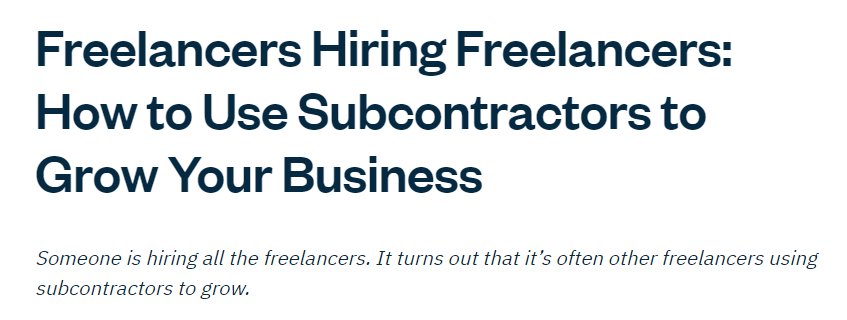The One Thing You're Doing Wrong with Your Headlines (And How to Fix It)
If you are crafting the same type of headline for everything you write, you are doing it wrong.
When writing headlines you need to be intentional and strategic.
Sure, the main purpose of a headline is to grab your readers’ attention and pull them in. But the headline that works for your homepage won't necessarily work for your landing page, and vice versa.
Same with your article headlines.
Homepages and landing pages are meant to sell products or services.
Blog posts and articles are meant to be shared, liked, and engaged with.
Here is what you need to do to write headlines for maximum impact.
How to Craft an Effective Headline for Your Homepage
Writing the headline for your homepage can be tricky. Your website gets traffic from different sources, so you never know who will land on it or how much they already know about your product.
In other words, there’s no way for you to know your visitors’ stage of awareness, making it difficult to determine what should you say in your headline.
The 5 stages of awareness according to copywriter Eugene Schwartz:
Most Aware. They have all the information they need to buy. They are ready to accept your offer.
Product Aware. Your prospect knows of your product, but he is not sure it is the right choice for him. He may spend quite a lot of time in this stage learning about the product.
Solution Aware. Your prospect knows she has a problem and starts searching for a solution.
Problem Aware. They are feeling a pain but they don’t know yet that a solution exists for that pain.
Unaware. They don’t recognize they have a pain that needs to be solved.
Your homepage gets prospects at different stages of awareness. For this reason, the headline you write for a homepage is different from the one you will write for a landing page. More on this later.
A good rule of thumb is this: write your homepage headline for the 20 to 35% of your traffic that is most likely to buy your product or service. You know who they are from your customer research.
Your homepage headline needs to build a rapport between you and the reader. Two things can help you with that:
- Think about how you'd explain your product or service to a friend. What words would you use?
- If you only have your headline and your call to action, would a visitor take action based only on your headline?
Then, consider using one of these three formulas:
- Say what it is. This is a straightforward approach that works well for most businesses. Simply explain what your product or service is in clear, concise language.


- Say what the reader gets. This approach is more benefit-focused and emphasizes what the reader will gain from using your product or service.
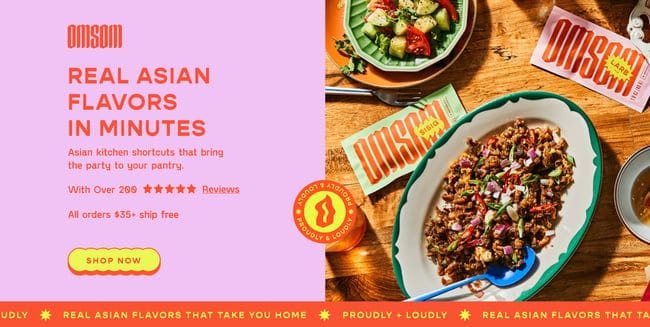

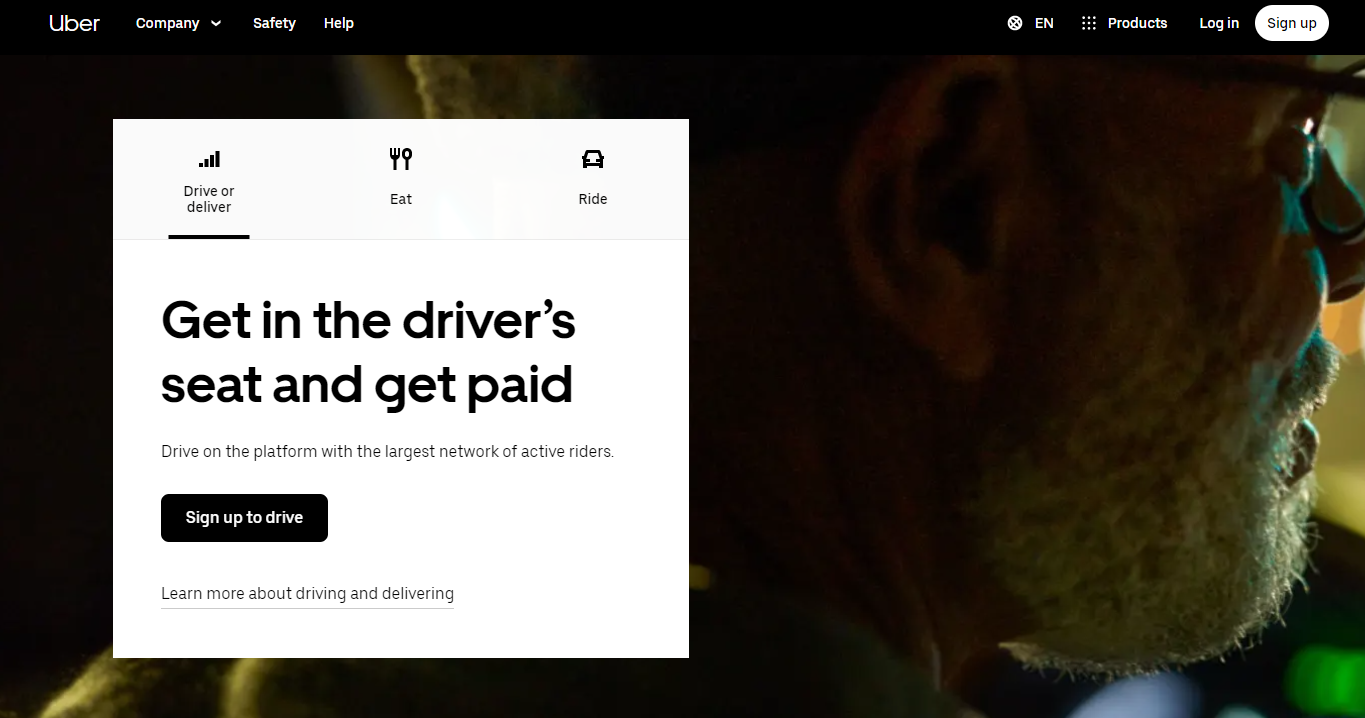
- Say what the reader is able to accomplish. This approach focuses on the end result and what the reader will be able to achieve if they use your product or service.



In addition to your headline, be sure to include a sub-headline for clarity, an intro paragraph to explain your service, and bullet points to emphasize benefits. These elements work together to build a rapport with your reader and encourage them to take action based on your homepage alone.

How to Craft Effective Headlines for Your Landing Pages
Before talking about headlines, let’s define what a landing page is. A landing page is a standalone page that's part of a marketing campaign. Its main goal is to convert visitors into customers or leads.
High-converting landing pages follow the Rule of One. They focus on one reader, one offer, and one call to action.
When writing headlines for your landing pages, you need to consider these two things:
- Your visitor’s stage of awareness.
- Matching expectations
Let's see both in more detail.
Your visitor’s stage of awareness
The headline touches your prospect at the point of awareness he has at that moment. The body copy moves him to the next stage.
Each stage of awareness is separated from the others by a psychological wall. A headline that works for product aware prospects will not work for pain aware prospects.
When it comes to landing pages, concentrate your efforts on the product aware, solution aware, most aware, and pain aware prospects. Forget about the unaware, content marketing works best for that stage.
For the most aware reader who has all the information needed and wants to buy your product, the headline could be just the name of the product and a special offer. It is the only stage where your headline can do the full selling job.

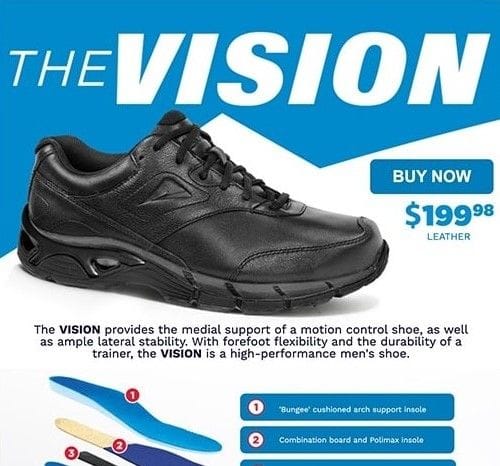
For the product aware, your headline could start by displaying the name of the product and then pointing out its superiority.


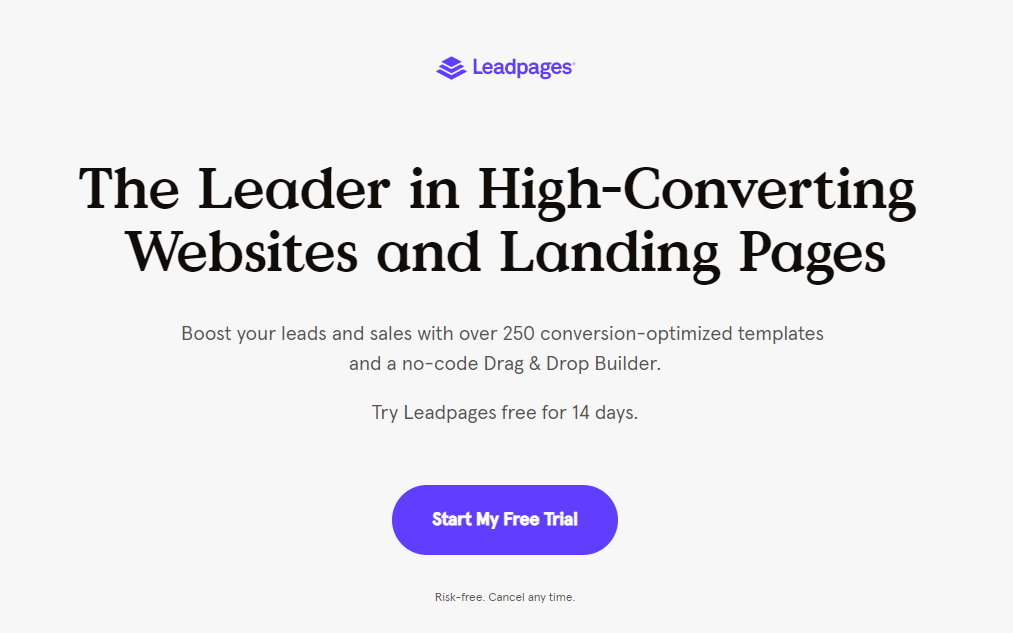
For the solution aware reader, use the headline to name the pain/need and/or its solution. Prove that the solution can be accomplished through your product.

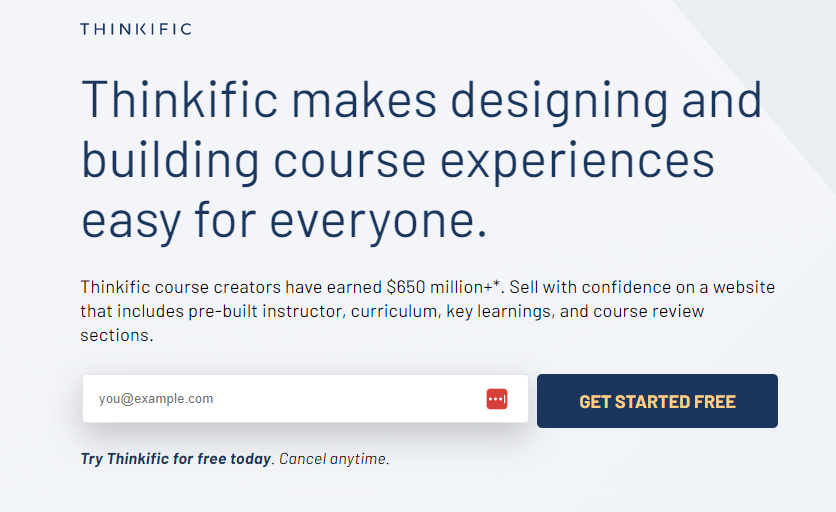
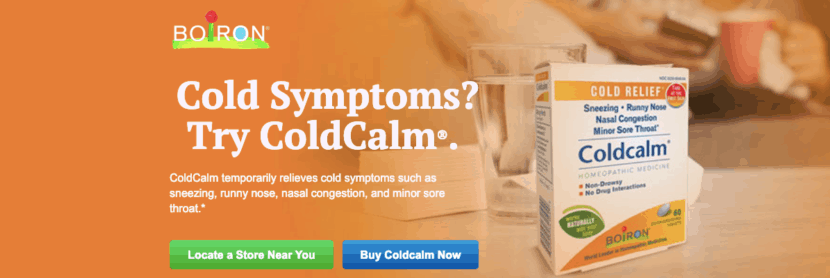
For the problem aware, start the headline with the problem, and crystallize that problem into a specific need.
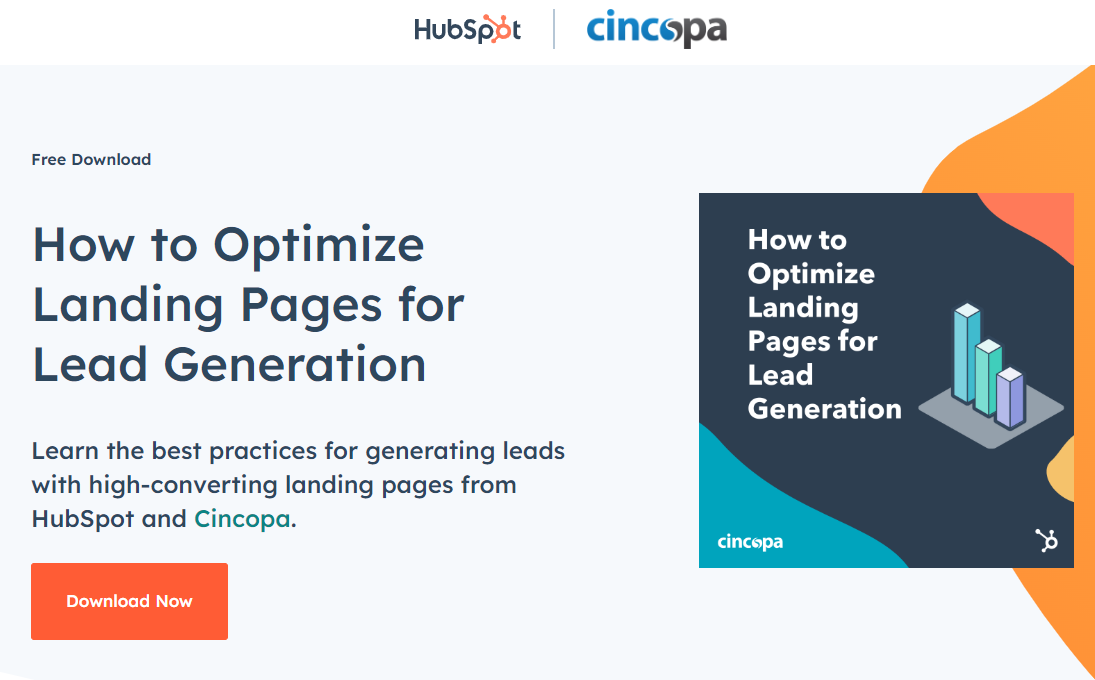
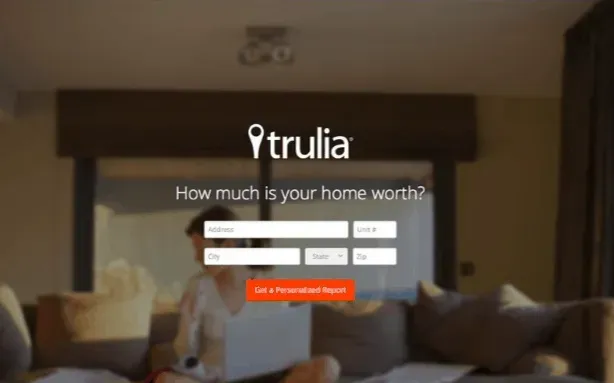
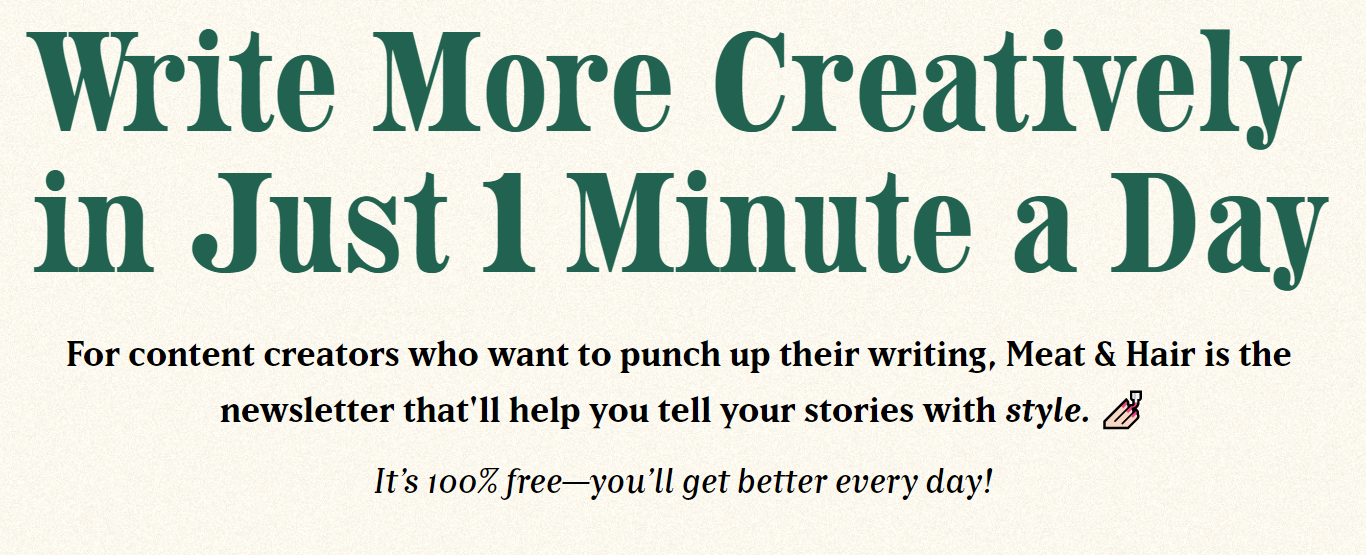
Matching expectations
The top of the landing page, where your headline, subheadline, and hero shot are, should match the message and awareness expectations. What does this mean?
- Message matching. Match the words and images your prospect expects to see on the page based on what they clicked to get there.
- Awareness matching. Match your prospect's stage of awareness when he lands on your page.
By matching expectations, it’s more likely to reduce your bounce rate and increase the credibility of your message.
In landing pages, you want to be clear. Clarity trumps everything else. If your prospect does not understand your offer, she’ll stop reading and leave the page.
Introducing a little creativity in your headline is fine as long as you explain in the first copy nearby what that creative headline means. The more clever or conceptual your headline, the more it needs an explanation. The subheadline can be a good place to do it.
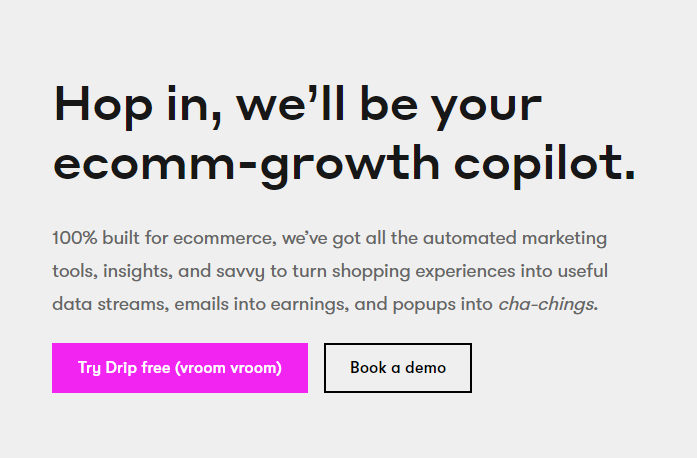
How to Craft Effective Headlines for Your Articles
Readers will see your article headline on social networks, search results pages, or in their inboxes. Wherever the place, you bet your headline is surrounded by other headlines competing for their attention.
What types of headlines should you write to get more engagement?
In 2021, BuzzSumo analyzed about 100 million headlines that can help us answer this question.
Let’s see what the most shared and liked articles have in common:
- The ideal headline length is 11 words and 65 characters. Don't be scared to say what you need to say to draw readers in.
- The best numbers to use in headlines are 3 through 10. They drove the most engagement on social media, taking the top seven positions for the most shared headlines on Facebook and Twitter.
- The top themes in the best Facebook headlines fell into eight main categories:
Ranking. Headlines focusing on awards or public votes.
"Joe Biden and Kamala Harris: TIME’s Person of the Year 2020"
Newness. Headlines centered around unique, rare, or one-off events and circumstances.
"For the first time in history, U.S. billionaires paid a lower tax rate than the working class"
Hyperbole. The ones that gave way to exaggerated statements in headlines.
"Why Your Older Sister Is One of the Most Important People in Your Life"
Instructional. The ones that gave way to commanding statements or phrases that suggested some sense of obligation and/or urgency.
"Everything you need to know about washing your hands to protect against coronavirus (COVID-19)"
Surprise. Headlines designed to shock or challenge standard views on a subject matter.
"There Are At Least 36 Intelligent Alien Civilizations In Our Galaxy, Say Scientists"
Curiosity. Headlines indicating the content was going to reveal, explain or analyze something. This often came in the form of declarative statements ie. “here are the”, as well as listicle headlines like “X reasons why”, or prediction posts ie. “the future of.”
Any headline phrase that presented some form or question was also included in this category.
"Museum Asks People To Recreate Paintings With Stuff They Can Find at Home, Here Are The Results"
Guidance. “How to” or tutorial-based headlines.
"How to make cookie cereal, the hottest new food trend"
Story. Headlines centered around a person or topic.
"Inside the Story of How H-E-B Planned for the Pandemic"
Of those categories, instructional headlines drove Facebook engagement, followed by hyperbole, surprise, curiosity, and guidance.
13 of the top 60 most engaging Facebook headlines were either instructional or contained commonly used instructional phrases, such as:
- “you need to”
- “need to know”
- “to know about”
- “what you need”
- “why you should”
- “X things to”
- “everything you need”
For example:
"Lilies and Cats: What You Need to Know About Toxic Plants"
"What You Need to Know About the Death of Soleimani"
Phrases that gave way to hyperbolic, superlative, or generally exaggerated headlines gained a high level of engagement on Facebook. For example:
“One of the” followed by superlative adjectives (“One of the most” or “One of the greatest”)
"Kale is now one of the most pesticide-contaminated vegetables"
“X of the”
"30 Of The Funniest Outdoor Signs From This Vet Clinic That Dad Joke Lovers Will Appreciate"
“Of the best”
"Pink Beach in Zamboanga City Philippines Is One Of The Best In The World"
Other popular phrases:
Instructional phrases:
"X things to"
"everything you need"
"why you should"
Curiosity phrases:
"X reasons why"
"what is the"
"this is the"
Guidance:
"how to's"
Besides using some of the best headline phrases mentioned above, there are a couple of things you should consider when writing your article headline.
- Great headlines make specific promises. Indicate the benefit and make a promise to the visitor. When the reader asks “What’s in it for me?” it should be clear what reward your reader gets in exchange for his time.
- Use question headlines. A question creates the need to get answers. It causes tension and interest in your reader. He has to read the article to find the answer.
- Use numbers. Numbers indicate clear expectations. They are a great way to make your headline more specific.
- Don't forget SEO: Including relevant keywords in your headline can help improve your article's search engine visibility and attract more readers.
To finish this article, I want to show you what the homepage, landing page, and article headlines look like with some examples from Casper and Freshbooks.
Casper
Casper homepage headline
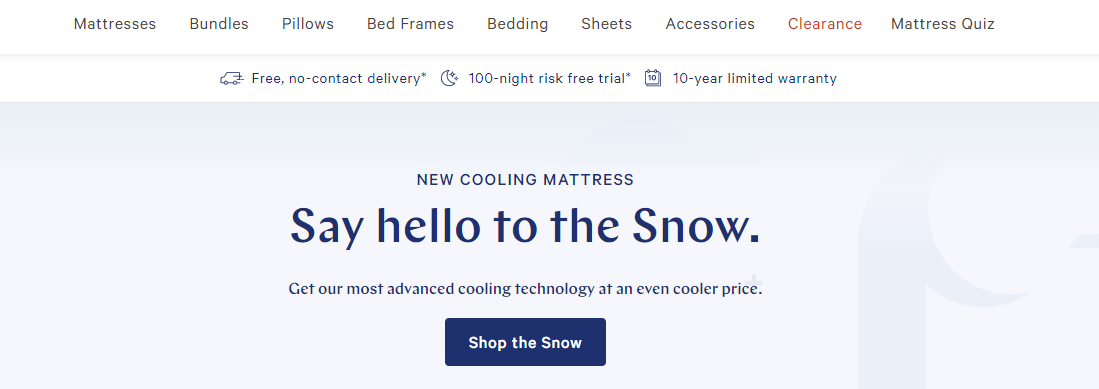
Casper landing page headline
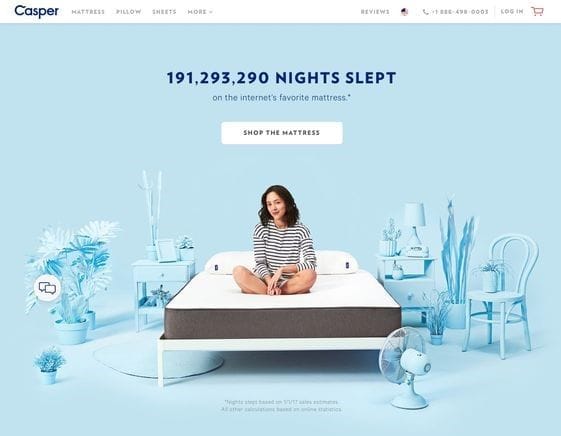

Casper article headlines


Freshbooks
Freshbooks homepage headline
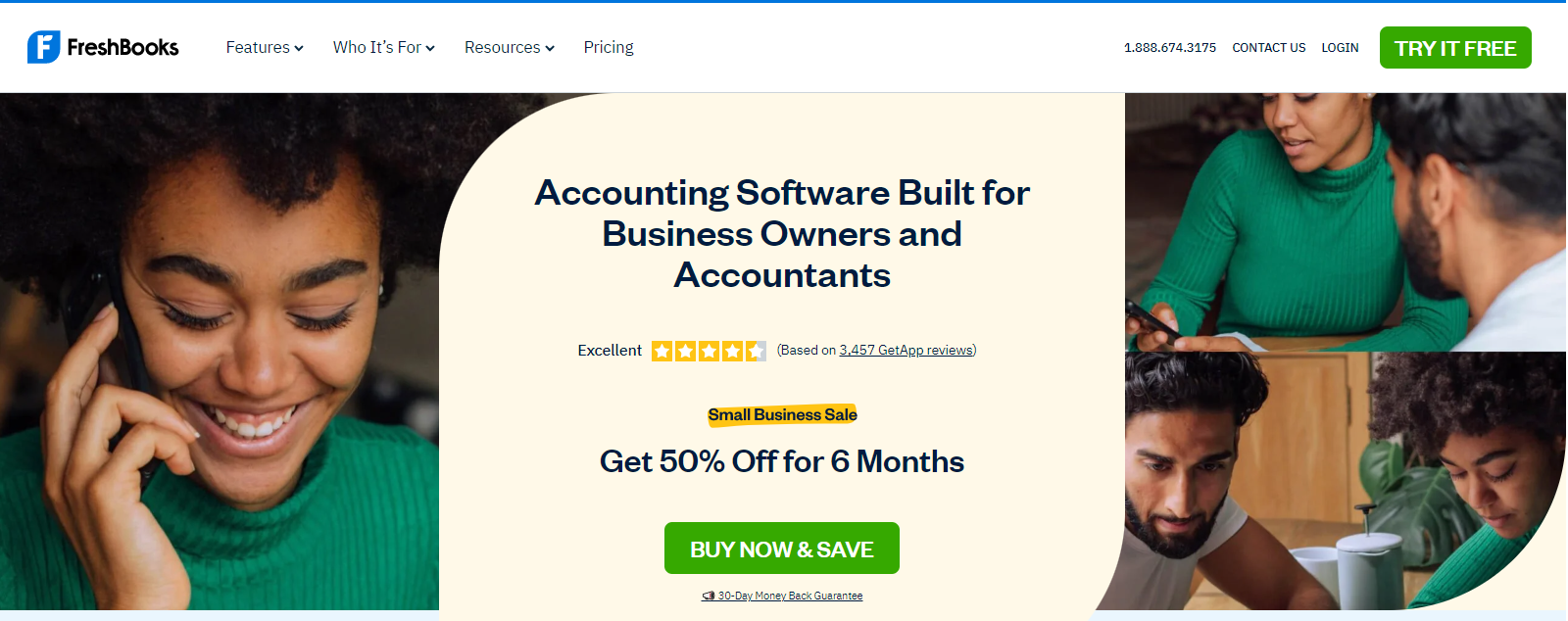
Freshbooks landing page headline

Freshbooks article headline
